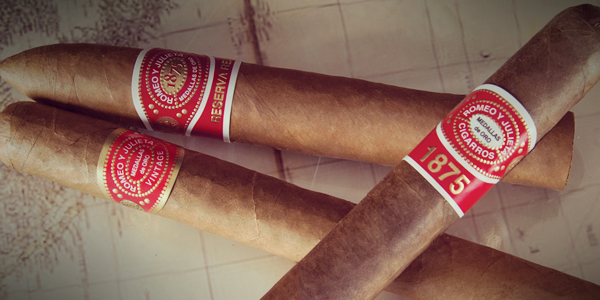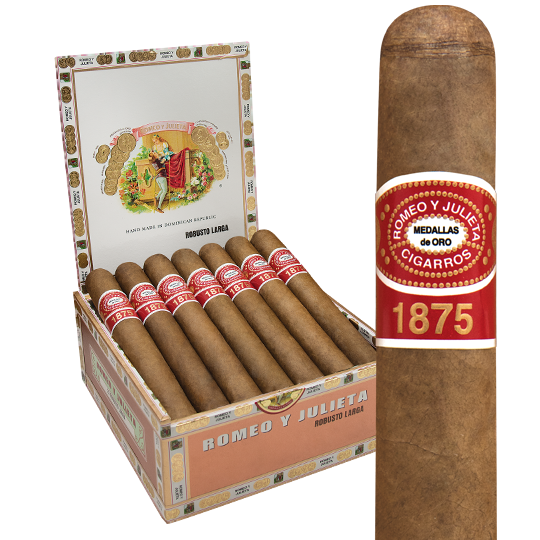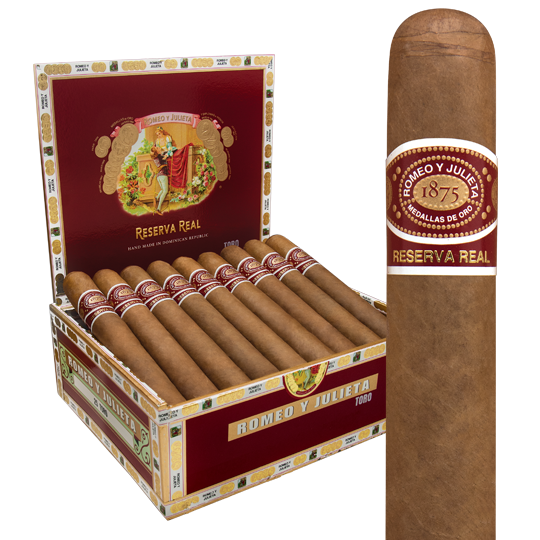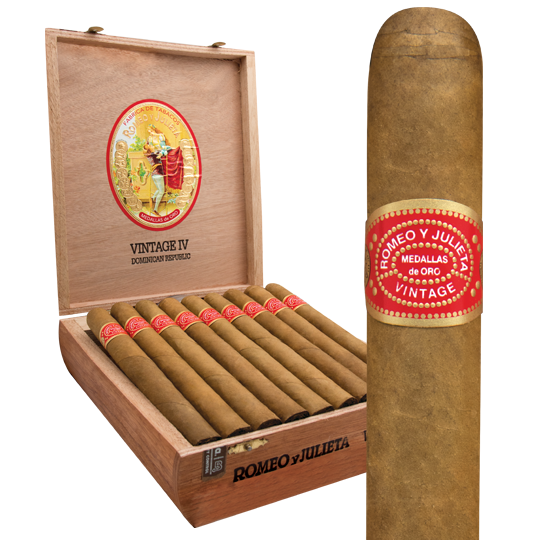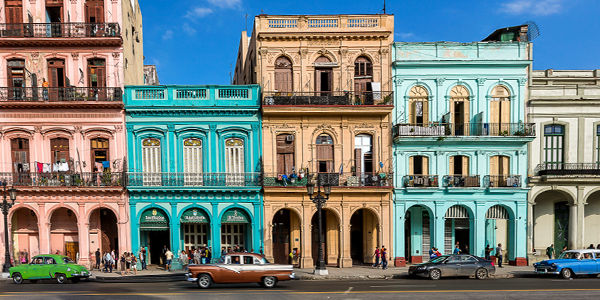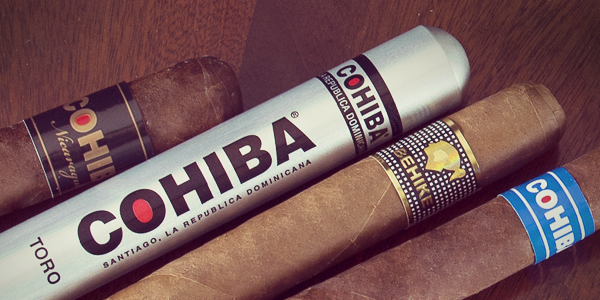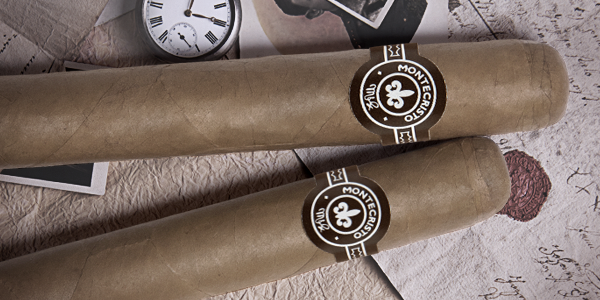History of Romeo y Julieta Cigars
Sure, the cigar is named after Shakespeare’s tragic romance, but our affair with the Romeo y Julieta is a story of long-lasting love. This iconic Cuban brand was born in 1875 (some say 1873) in a partnership between Inocencio Alvarez and Manin Garcia.
Early on, the ‘Romeos’ won numerous tasting awards, but the brand gained greater prominence after being acquired by Jose ‘Pepin’ Rodriguez Fernandez, formerly the head of the Cabañas factory in Havana.
Rodriguez traveled frequently to Europe and across the Americas throwing parties for members of high society. An aficionado of horse racing, he named his horse ‘Julieta.’ He even opened a shop in Verona, the setting for Shakespeare’s masterpiece, in the Hotel Capulet.
Some have reported that Rodriguez was obsessed with the play. Rodriguez apparently tried to purchase the Palazzo Capuleti, the ancient home of Juliet’s family. The authorities in Verona were, to say the least, unreceptive. It seems Rodriguez wanted to turn the decrepit landmark into something of a cigar lounge.
“I have come to offer you a lot of money and to ask your permission to purchase the Palazzo Capuleti,” Rodriguez explained. “Yes, the very palazzo with the beautiful balcony on which Romeo and Juliet secretly convened. Imagine what that means for a smoker – to be able to smoke in the very rooms where the young lovers met! It would be absolutely perfect to have a young signorina, beautiful as Juliet, walk out on the balcony to join customers smoking my cigars.”
Okay, right now you might be wondering if Shakespeare’s 1597 play was based on a true story. In short, yes. ‘Romeo and Juliet’ was based on two real lovers who lived in Verona, Italy, and died for each other in 1303. Both their families, the Capulets (Juliet) and Montagues (Romeo) existed in Verona at this time and Shakespeare is believed to have discovered this tragic love story in a 1562 poem entitled ‘The Tragical Historye of Romeus and Juliet.’ And there was a balcony. Or so I’m told. I do know for sure that the Romeo y Julieta cigar is real.
Denied his dream, Rodriguez returned to Cuba and salved his wounded honor by building a replica of the palazzo in Havana. He included, some say, a perfect copy of Juliet’s balcony. In my visit to the place in 1992, I couldn’t figure out where it was, if it was there at all. The building, about 100 meters from Havana’s seafront promenade, at one time had two German Shepherd guard-dogs with the names – oh yes – Romeo y Julieta.
None of this obsession hurt Rodriguez’s business. To the contrary, Romeo y Julieta became a wildly popular brand around the world, especially among the wealthy. Rodriguez would personalize cigar bands for his customers, at one point having as many as 20,000 vanity labels.
In the early days, Romeo y Julieta was better known for Figurados, producing numerous Perfectos and Piramides in different sizes. That changed when another famous Briton took up the brand.
Romeo y Julieta’s most famous fan, after a visit to Cuba in 1946, was Sir Winston Churchill. He favored a Parejo, a straight-sided cigar, that was seven-inches long with a 47-ring gauge. That became and remains the flagship vitola for Cuba’s Romeo y Julieta, called the Churchill. This elegant cigar, with its signature gold band under the main one, continues to perform at a high level, scoring consistently in the 90s in Cigar Aficionado tastings.
The Cuban Churchill is a mild to medium-bodied cigar with strong notes of citrus and almond. The finish has a bit of chocolate. It’s complex and creamy without being overwhelming, except maybe when it comes to the price, about $40 in London. In 2015, Romeo y Julieta introduced a Robusto, 5 1/8” x 55, called the ‘Wide Churchill,’ clearly seeking to capitalize on the association. It sells in London for about $30 and is a bit stronger, though still quite luscious and smooth.
As with too many things cigar-related in Cuba, Romeo y Julieta suffered having its house divided. After the Castro revolution and the subsequent embargo imposed by the United States, Romeo y Julieta set up shop in the Dominican Republic and began making cigars in La Romana.
The Dominican Churchill Vintage, for example, is a bit thicker, at a 48-ring gauge, and sells for around $9.50. It shows off amazing smoothness and is very creamy and nutty using a blend of Dominican and Mexican tobacco held together in an Ecuador Connecticut Shade wrapper. The Dominican Romeo Churchill is also available in the ‘1875’ line, in a 50-ring gauge delivering a little more complexity inside a caramel-hued Indonesian wrapper, for just over $7.
The Dominican Romeo takes liberties with the Churchill size and goes up to a 56-ring gauge, for around $9, in the medium to full-bodied ‘Romeo’ line with an Ecuador Habano leaf wrapped around a lot of delicious Dominican filler. This line gives you delicate leather and chocolate notes in a silky package. The Romeo Piramide, 6.125” x 52, has scored highly in tastings and is a bargain at less than $9.
Romeo y Julieta historically always made a large number of shapes. That is truer of the Dominican cigar today as tobacco in Cuba is under government control and the good stuff is not always available to every brand. We love variety and Romeo y Julieta has always obliged. Now find a balcony and light up.

